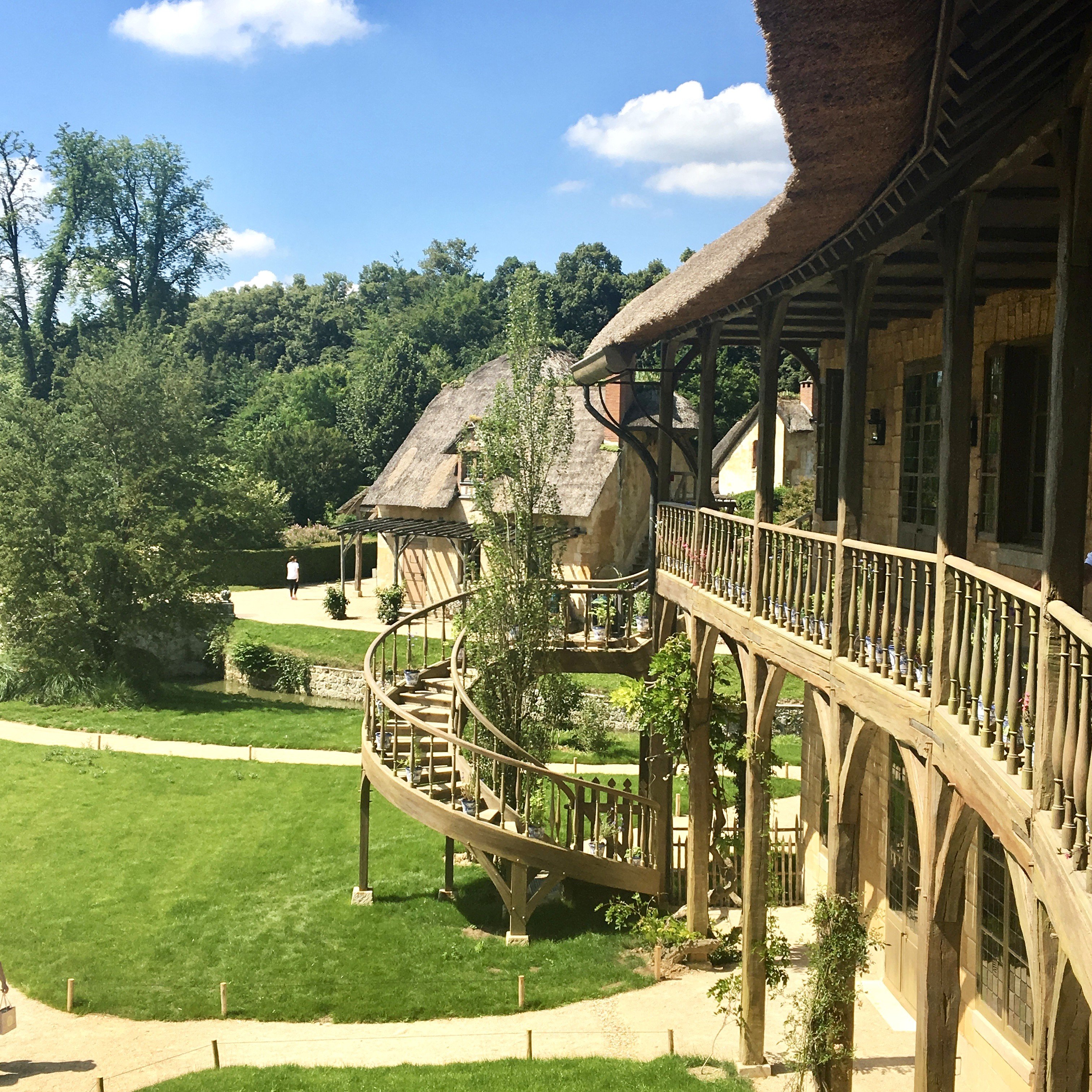When you first step into Marie-Antoinette’s Hamlet at Versailles, you might feel as if you’ve walked into a Disney movie. With its thatched cottages, rustic half-timbered houses, and picture-perfect gardens, it’s hard not to think of Beauty and the Beast and start humming “Bonjour.”
But behind the fairy-tale charm lies something far more complex than a whimsical escape. For Marie-Antoinette, the Hameau de la Reine wasn’t just a playground for aristocrats — it carried political messages, personal struggles, and a legacy that still fascinates visitors today.
Table of Contents
- Why Did a Queen Build a Farm at Versailles?
- A Tradition Older Than You’d Think
- Marie-Antoinette’s Struggles and the Queen’s Hamlet
- From Fairytale to Scandal
- Visiting Marie-Antoinette’s Hamlet at Versailles Today
Why Did a Queen Build a Farm at Versailles?
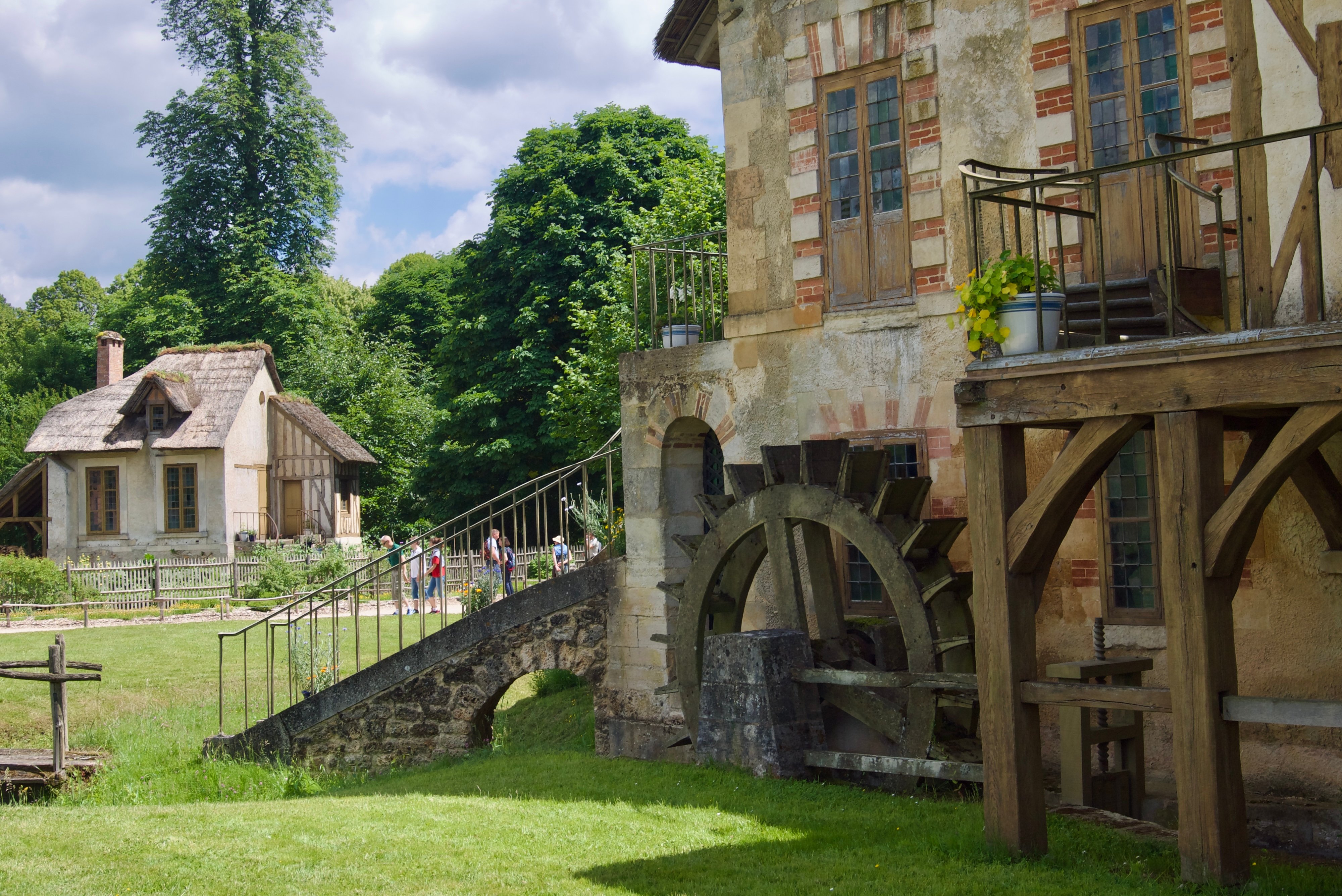
At first glance, the idea of a queen building a working dairy might seem absurd. But Marie-Antoinette was far from the first elite woman to create one. Madame de Pompadour, Louis XV’s famous mistress, had dairies built on her estates too. These weren’t just for milk — they were carefully crafted symbols of virtue, charity, and noble identity.
By giving milk to the poor and surrounding herself with the trappings of rural life, Pompadour turned her “farms” into a statement: she might not have noble blood, but she could still embody the image of a virtuous, land-rooted lady. Other women at court followed suit, one even greeting her guests dressed as a dairy maid — a blend of roleplay, image-making, and political signaling.
A Tradition Older Than You’d Think
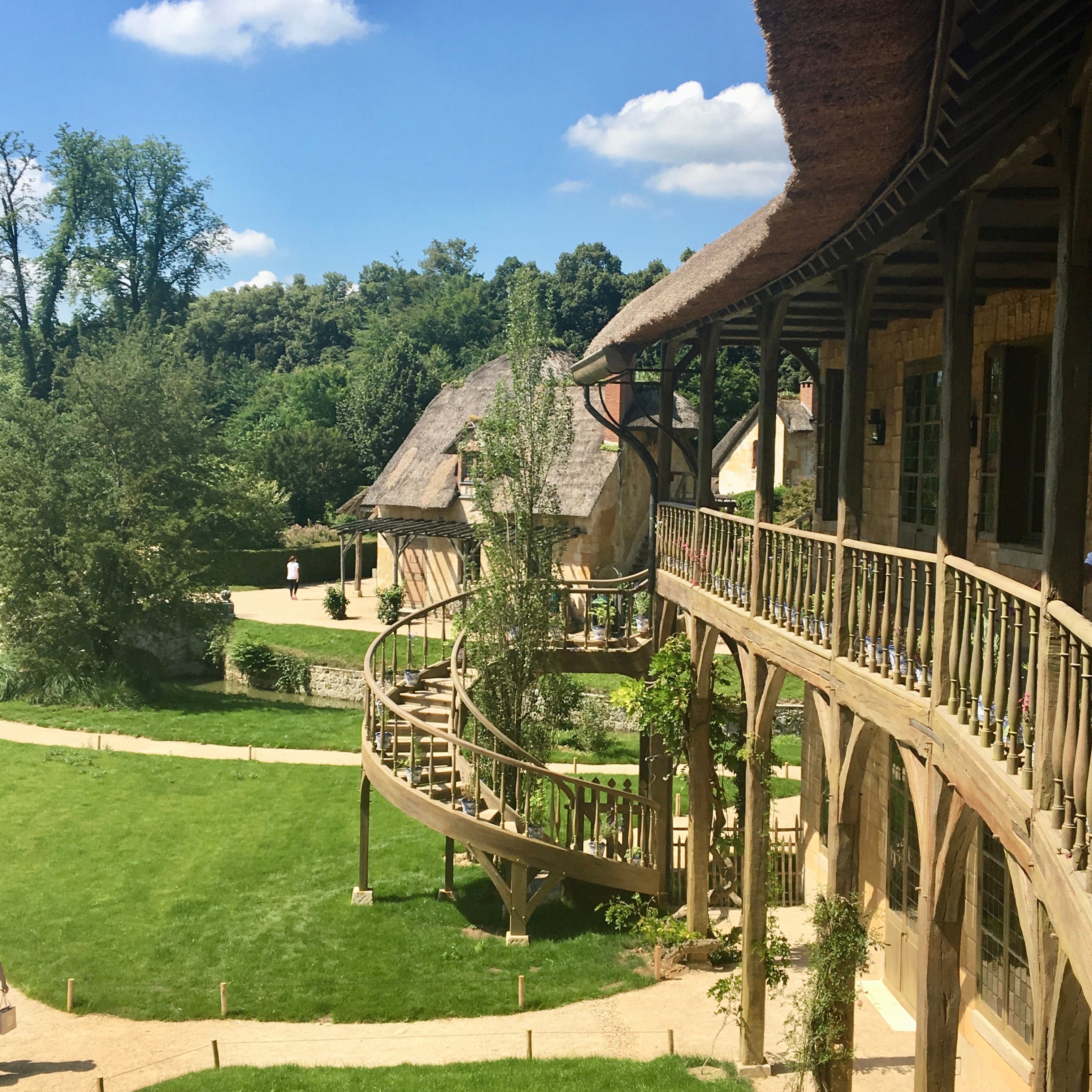
The fad for building mock farms didn’t start with Pompadour or Marie-Antoinette. It stretched back centuries. Catherine de Medici, queen consort of France in the 16th century, built her own miniature farm in the grounds of the Chateau de Fontainebleau. Why? Because, as a foreign-born queen with no immediate heir, she faced constant criticism. By creating her little “farm,” she rooted herself symbolically in French soil — both literally and metaphorically nourishing the kingdom.
When her long-awaited son was born, Catherine staged celebrations at her farm, using milk as a symbol of fertility, nourishment, and connection to the land.
Sound familiar? Marie-Antoinette was tapping into this same tradition, but in an age when public opinion — and gossip — was much harsher.
Marie-Antoinette’s Struggles and the Queen’s Hamlet
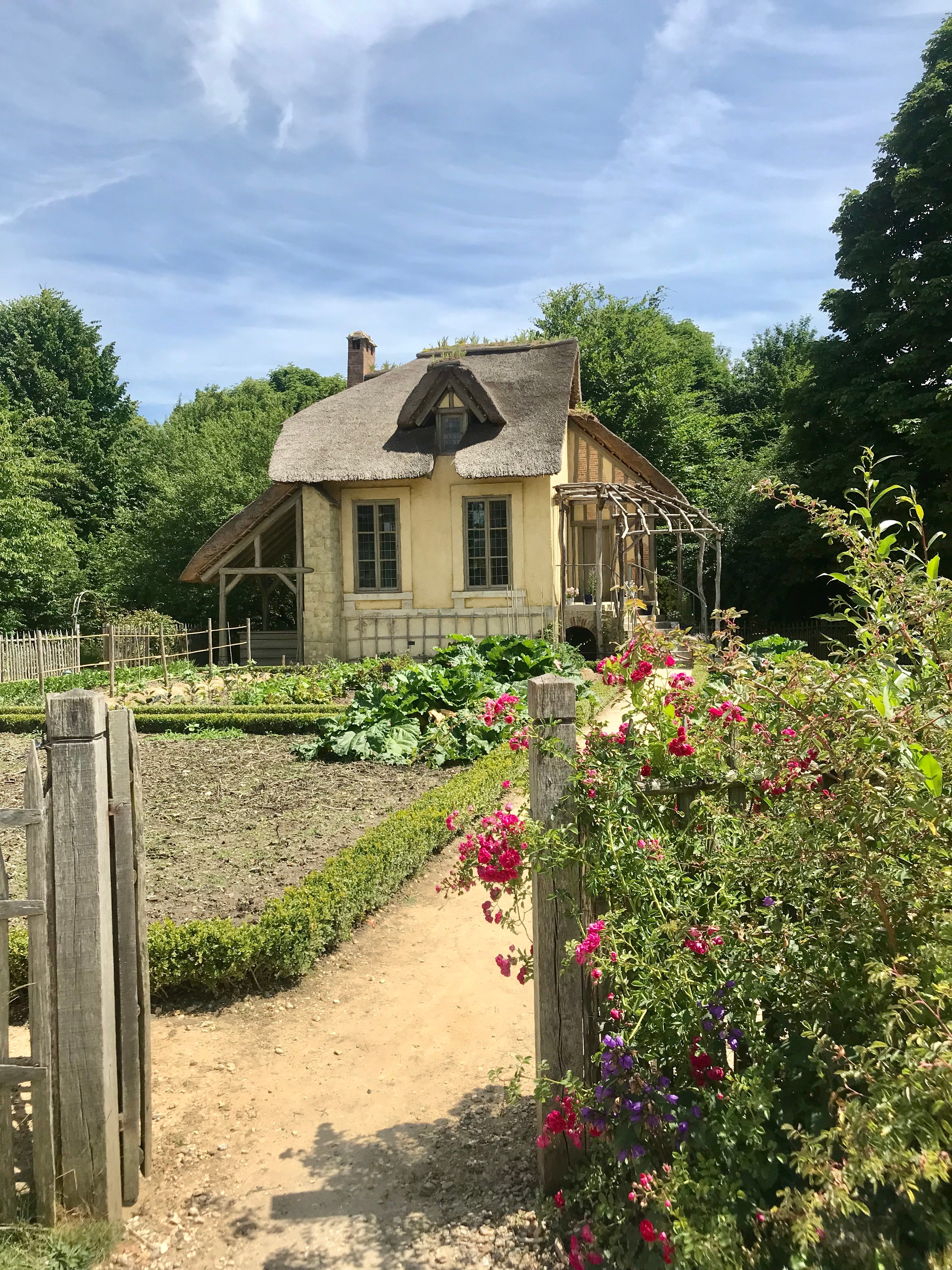
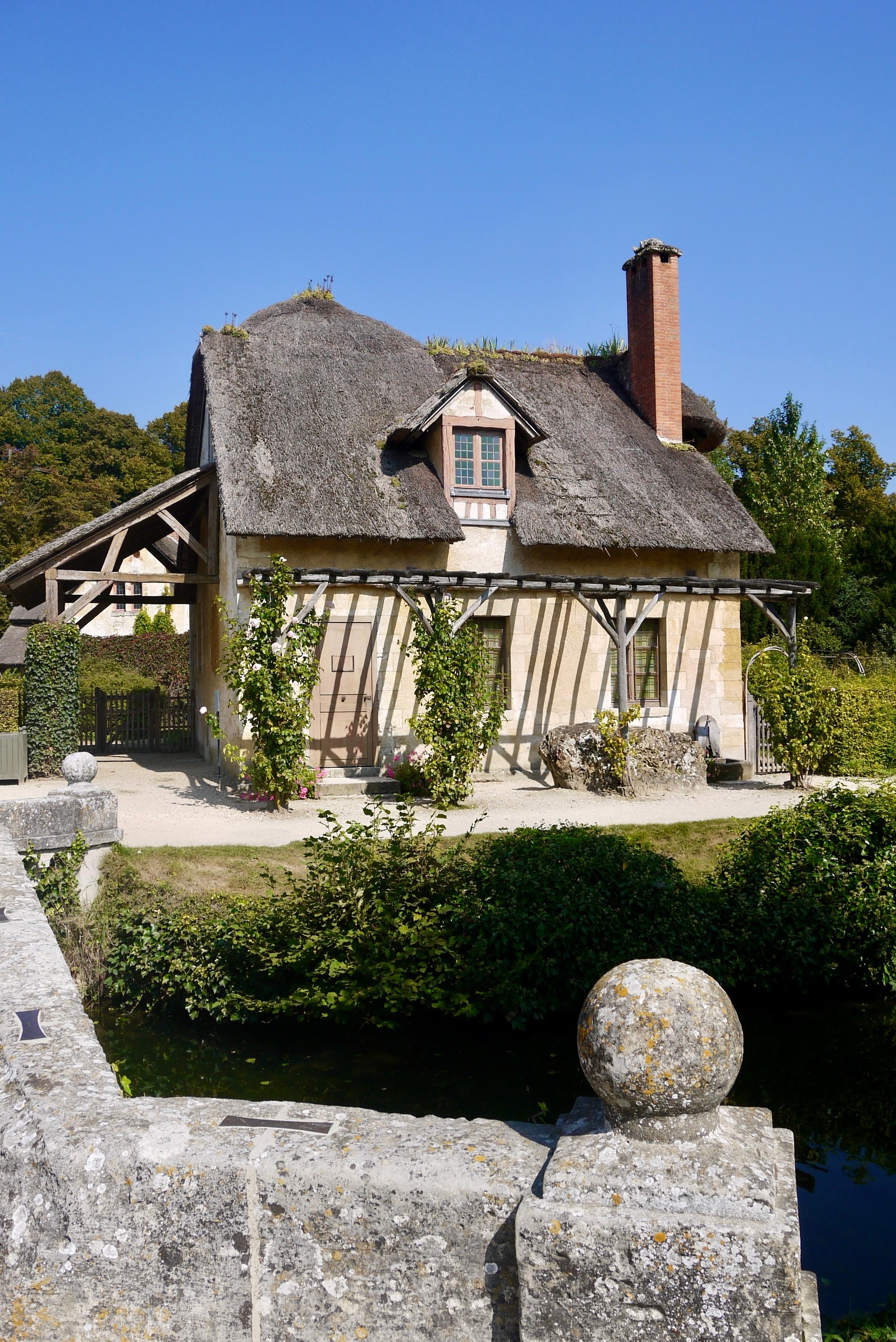
Like Catherine, Marie-Antoinette was also foreign-born, and the French press never let her forget it. Nicknamed “l’Autrichienne” (with a cruel pun on “chienne,” meaning female dog), she was constantly criticized — for her spending, her fertility struggles, and even her loyalty to France.
Marie-Antoinette’s Hamlet at the Petit Trianon, styled after Norman villages known for their dairy products, was her answer. It was a place to embody the role of a nurturing queen, tied to the French countryside, offering milk to peasants, and symbolizing virtue and industriousness.
But while she may have intended it as a statement of belonging, critics saw only frivolity, hypocrisy, and escape. To them, it was yet another sign that the queen was “playing peasant” while the real people of France starved.
From Fairytale to Scandal
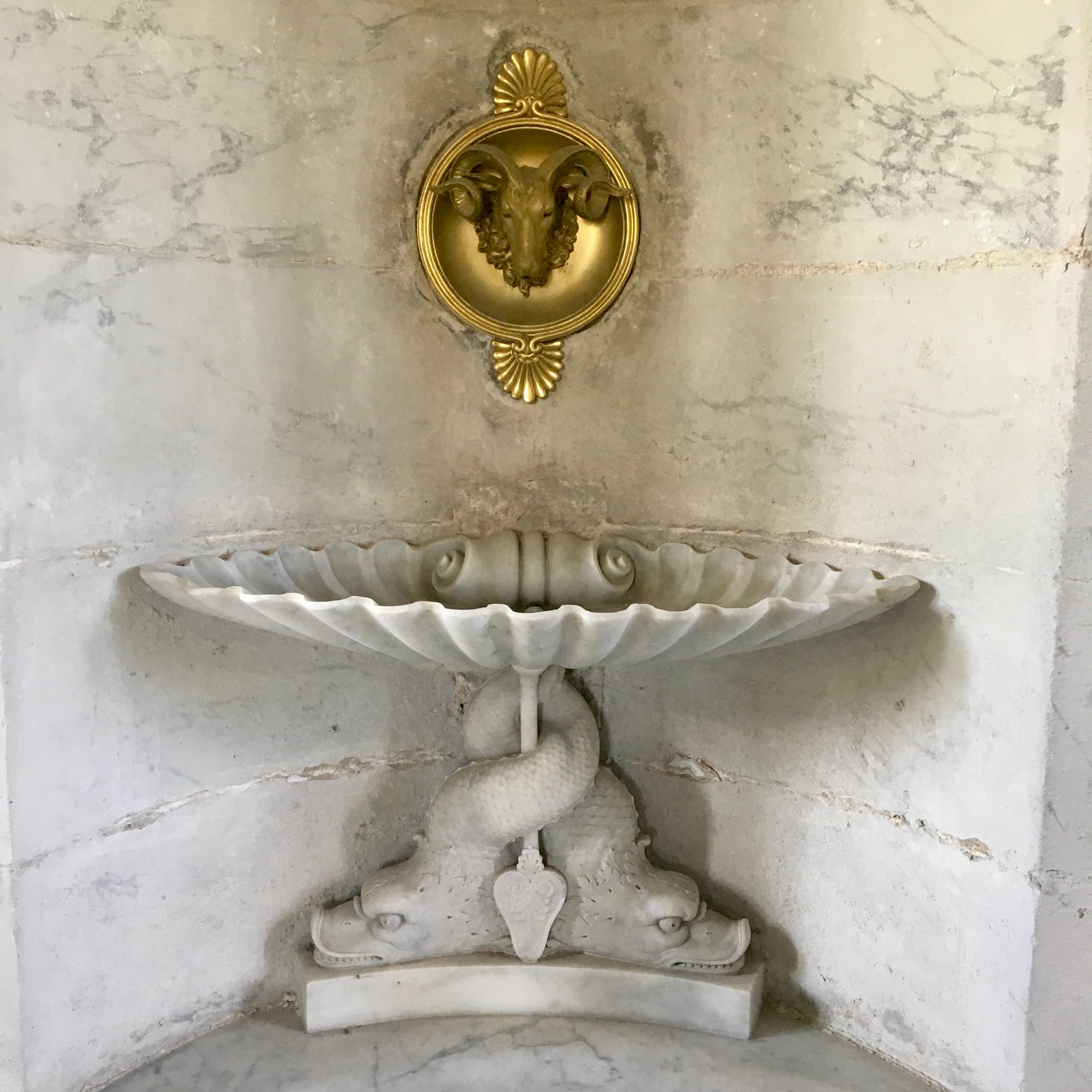
Marie-Antoinette’s time at the hamlet only fueled rumors. She often retreated there without the king, inviting her closest female friends. To her, it was a private feminine space, a refuge. To her enemies, it became the backdrop for salacious tales of affairs, libertinage, and wasted wealth.
In the end, the Hameau de la Reine (Marie-Antoinette's Hamlet) became a symbol — not of virtue, but of excess. The same farm that was meant to root her in French soil instead gave critics ammunition to attack her character, her motherhood, and her queenliness.
It was, in many ways, the beginning of the fairytale’s tragic ending.
Visiting Marie-Antoinette’s Hamlet at Versailles Today
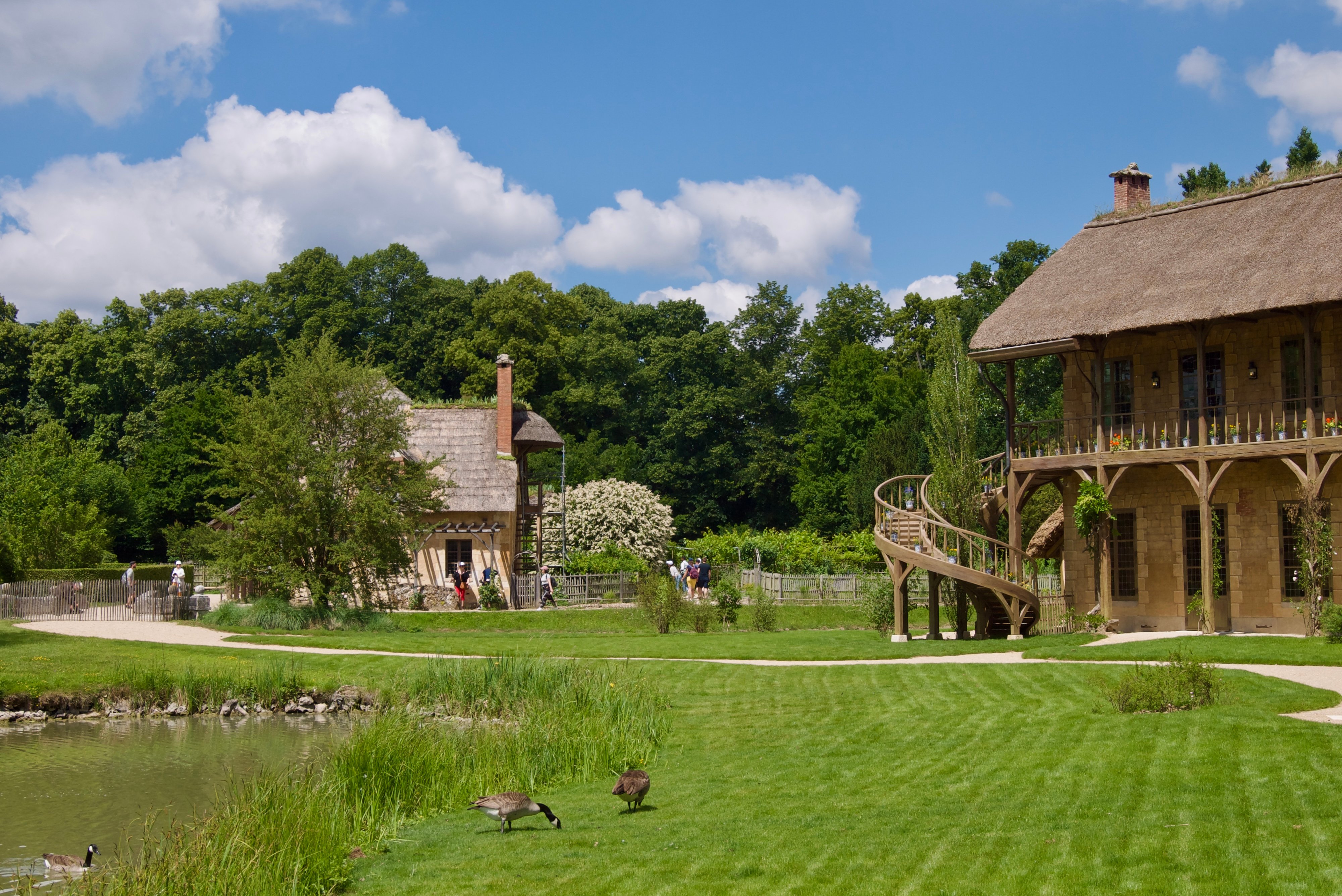
Today, the Hameau de la Reine at Versailles still stands as one of the most surprising and enchanting corners of the estate. Step into its rustic cottages, stroll its gardens, and you’ll feel the tension between fantasy and reality, innocence and scandal.
It’s not just a charming photo spot — Marie-Antoinette's Hamlet offers a window into the queen’s world, her image, and the pressures that led to her downfall.
Explore Marie-Antoinette’s World with Us
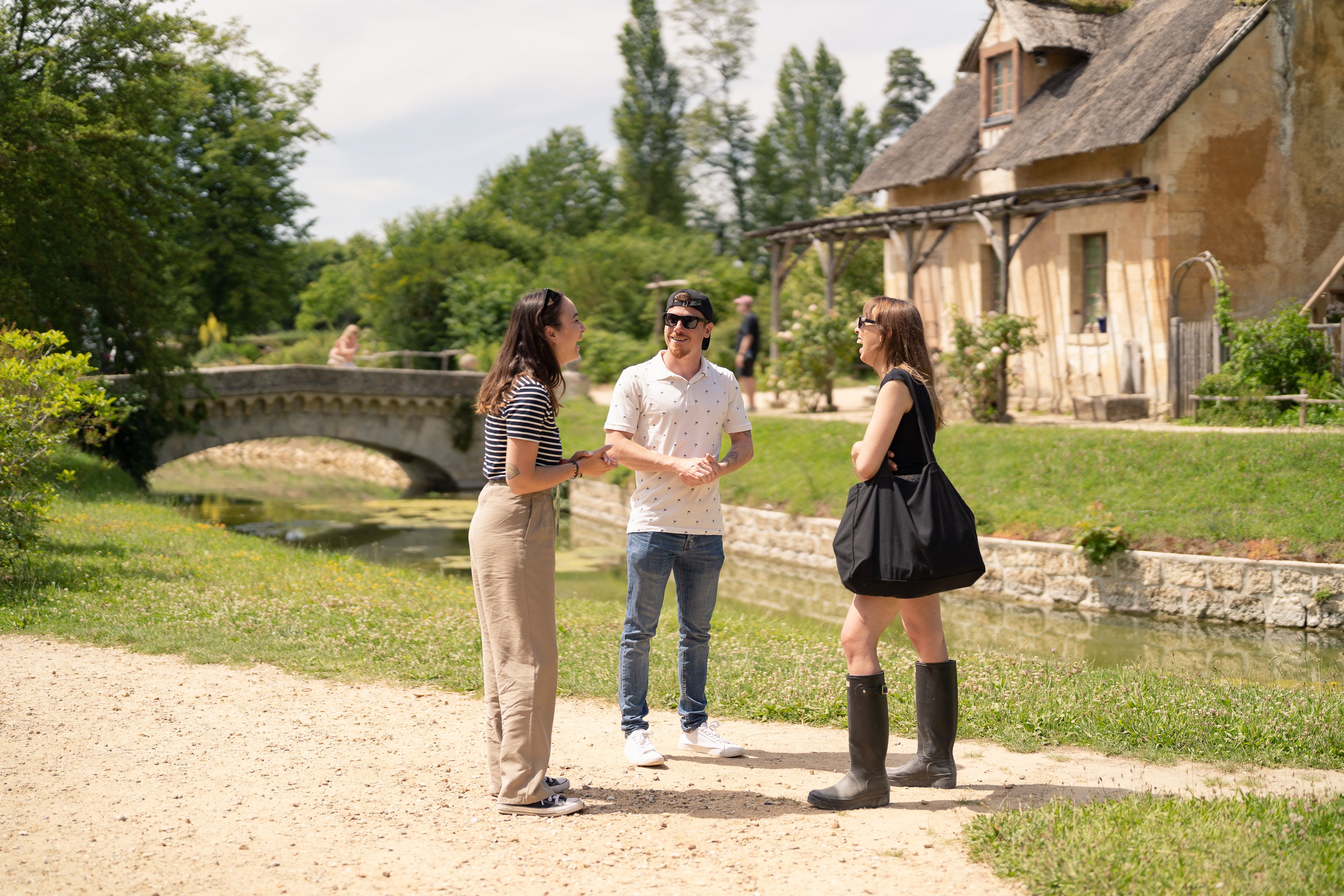
If you liked this piece, you’ll love what we do at Memories, immersing you in that fascinating, poignant – and sometimes even funny -- history that reveals unsuspected dimensions to Versailles, a Versailles beyond the bling that you would never realize on your own.
Imagine walking through the hamlet itself with one of our expert guides! At Memories France, we bring you beyond the glittering Hall of Mirrors into the more intimate, complex world of Marie-Antoinette.
- The Half-Day tour of the Palace and its formal gardens gives a good and solid overview of how and why Versailles came to be and how it ended, a dream that turned to nightmare.
- If, like us, you can’t get enough of Versailles, you can then extend to a Full Day tour, or book a full day tour to start with, and marvel at what life was like in the Neverland of the nobles.
- If you've already seen the Palace and Gardens, and want to learn more Marie-Antoinette, come spend just the afternoon with us, exploring her Petit Trianon and the farmlet of the Hameau village with its many facetted meanings.
Join us from Paris and skip the long lines — we’ll make Versailles come alive with stories you won’t find in any guidebook.
If you're looking for more tips, itineraries, and insights into Paris, check out our social media!
Thank you so much for taking the time to read our blog! We are a small Paris-based tour company that prioritises a boutique personal experience where we can share our passion for our heritage and community with every individual that joins us. If you'd like to take a tour then head over to our website for an unforgettable trip to the city of lights. Also, check out our social media @memories.france for everything you could need to know for coming to Paris, from how to use the metro to coffee shops closest to each major monument, there is something for everyone!
Angelissa, Siobhan & the Memories France Family
Like what you see? Read our other blogs here!
- Secret Christmas Walks in Paris: 6 Magical Neighbourhoods to Explore this WinterParis sparkles at Christmas — but the real magic lies beyond the big boulevards. Let us take you into the authentic neighbourhoods of our city and show you the charming, local side of Paris during the winter holiday season. Bundle up, leave the tourists behind and follow us!
- Explore Paris with Kids: Track Down the Space InvadersHunting for Space Invaders in Paris is one of the most unexpectedly fun ways to explore the city — especially with kids. These colourful tile mosaics turn Paris into a giant treasure hunt, encouraging everyone to look up, wander slowly, and discover surprising flashes of street art on rooftops, bridges, and tucked-away corners. Download the free Flash Invaders app and let the adventure begin!
- Did Marie Antoinette Really Say "Let Them Eat Cake"? The Truth Behind the MythDid Marie-Antoinette really utter the infamous words ‘Let them eat cake’? In this post, we separate fact from fiction and explore how a myth grew to define the Queen’s reputation. Discover the real story behind the legend, and why history remembers her so differently than the caricature suggests.
- Dark Paris: 10 Spine-Chilling Places to Visit with Real History Behind ThemHalloween in Paris isn’t just costumes and candy — it’s centuries of ghostly tales and dark history hidden behind elegant façades. From the silent tunnels of the Catacombs to royal tombs and old execution sites, discover 10 chilling places that reveal the City of Light’s shadowy past. This Halloween, dare to explore Paris like never before…
- Louvre Heist 2025: Stolen Crown Jewels and the Stories Behind ThemDiscover the Louvre heist of October 2025 and the priceless crown jewels taken. Explore the fascinating stories of Napoleon, Marie Amélie, and other French royals behind each piece, and learn why the Apollo Gallery is more than just a showcase of gems.

